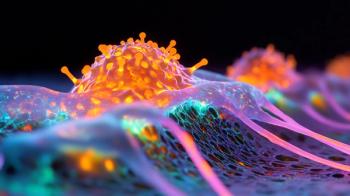
Premature Twins Thrive After Early SMA Gene Therapy
Two years after treatment, both girls show normal motor function and no signs of spinal muscular atrophy symptoms.
A set of premature twin girls born at sevven months gestation offered researchers a unique opportunity to test how early gene therapy could be administered to infants with spinal muscular atrophy (SMA), potentially preventing symptoms from ever developing.
The
Untreated, children with the most common form of SMA typically die or become ventilator dependent by age 2. However, the approval of three disease-modifying therapies since 2016 has greatly improved quality of life and life expectancy for patients with SMA. Still, earlier treatment typically leads to greater results: a previous
In this case study, genetic testing initially suggested a dire prognosis, with the twins having zero copies of the SMN1 gene and only one copy of SMN2, which typically predict a severe form of the disease. However, later detailed DNA sequencing revealed a more complex situation: the twins actually had a rare SMN2-SMN1 hybrid gene, which can have a milder effect.
Regardless, two years after treatment, both girls show normal motor function and no signs of SMA symptoms. While the rare hybrid gene played a role, the authors suggested the extremely early treatment was crucial to the twins' excellent motor outcomes.
“These cases illustrate the challenges in predicting phenotype based on standard SMN2 copy number testing and demonstrate that delivery of [Zolgensma] in prematurity can be both safe and highly effective,” the study authors wrote. “The combination of the genetic modifier and early presymptomatic treatment resulted in excellent motor outcome.”
Newsletter
Get the latest industry news, event updates, and more from Managed healthcare Executive.

















































